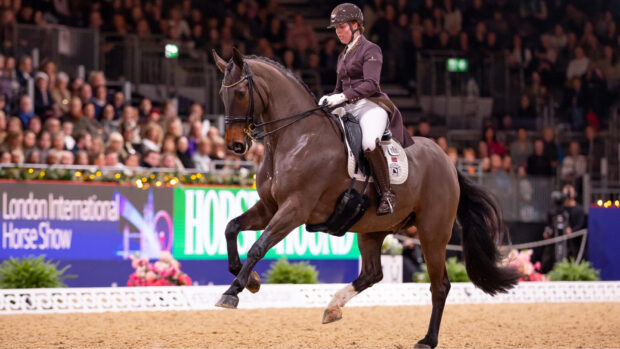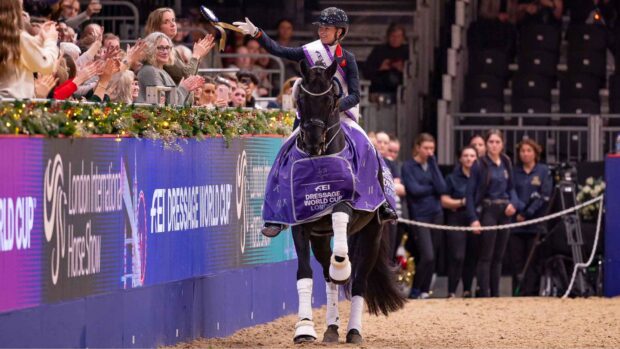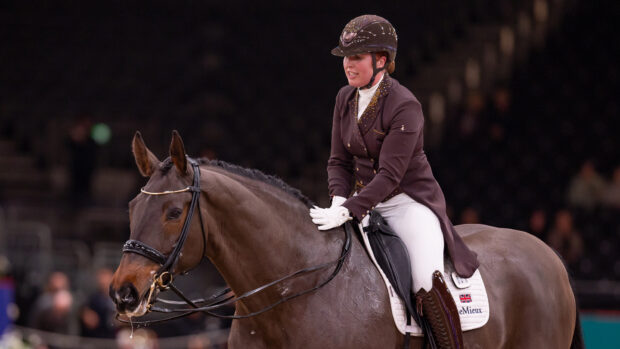There is no lower age limit or height restrictions on horses and ponies and all ages and sizes compete on equal terms.
To compete in affiliated classes it is necessary for:
Membership fees
Full – this covers the competitor for a year. Cost £46
Non-competing member – for owners of horses who do not wish to take part in competitions. Cost £25
Horse registration. Cost £40 up to advanced medium – £55 advanced and above
Application forms can be found on the website of British Dressage
Understanding the “ticket” system
Members on unregistered horses and non-members on registered or unregistered horses can buy six tickets per year at £6 each. Each ticket will allow you to enter one affiliated class. You will have to pay the normal entry fees and follow British Dressage rules. You are entitled to win prize-money and rosettes, but they will not be able to earn grading points or qualify for any championships other than Area Festivals.
British Dressage starts at preliminary level. Horses and riders are expected to show correct training at the basic level to include walk, trot and canter on both reins, the ability to work straight and to stand still at halt. Circles, turns and transitions are made easy and are progressive. Two prelim tests include a few lengthened strides.
Once this levels has been mastered you can progress onto Novice, which requires increased evidence of balance and more complicated movements such as rein back and counter canter.
Equipment for rider
However, the BD rule book states that: “Uniform hats are allowed. BSI Standard hats or such other protectiveheadgear as may reasonably be expected to offer a similar or higher level of protection are recommended by British Dressage but are not compulsory.”
Equipment for horse
For more information contact British Dressage, National Agricultural Centre, Stoneleigh Park, Kenilworth, Warwicks, CV8 2LR (tel: 02476 698830) or visit www.britishdressage.co.uk


